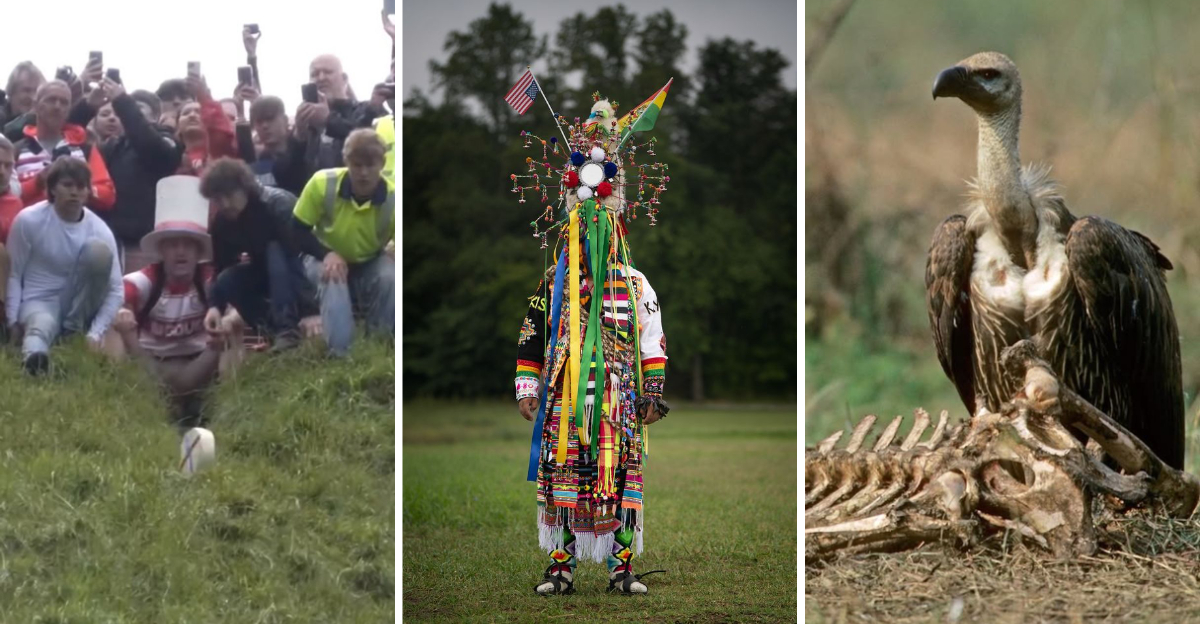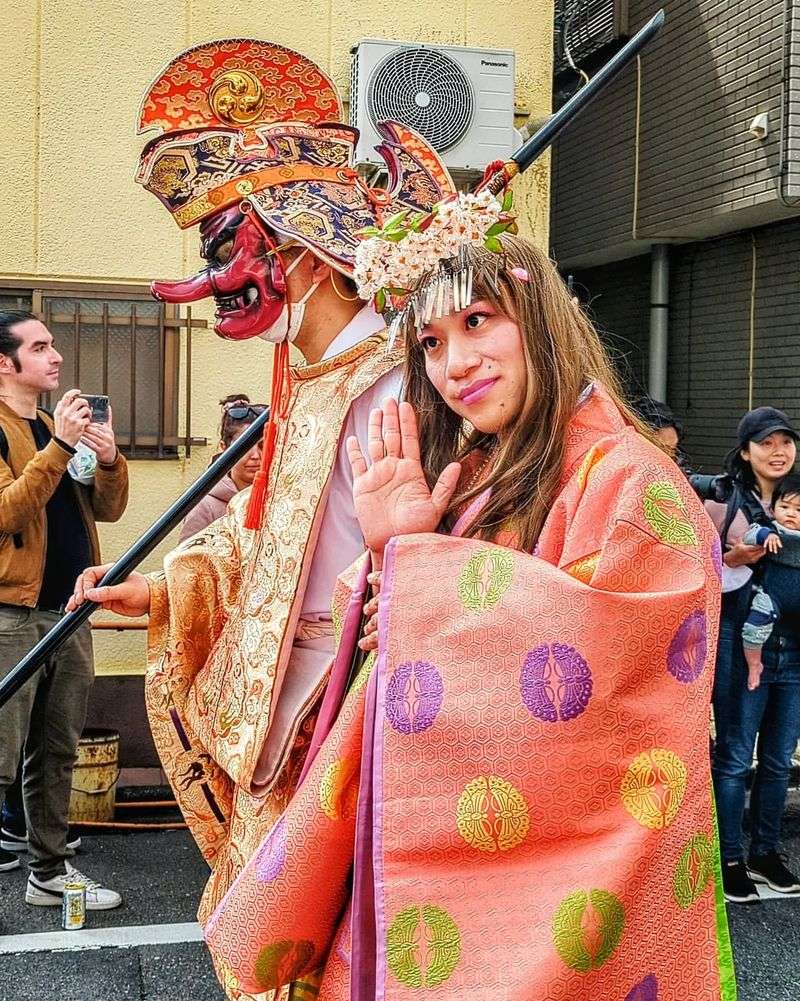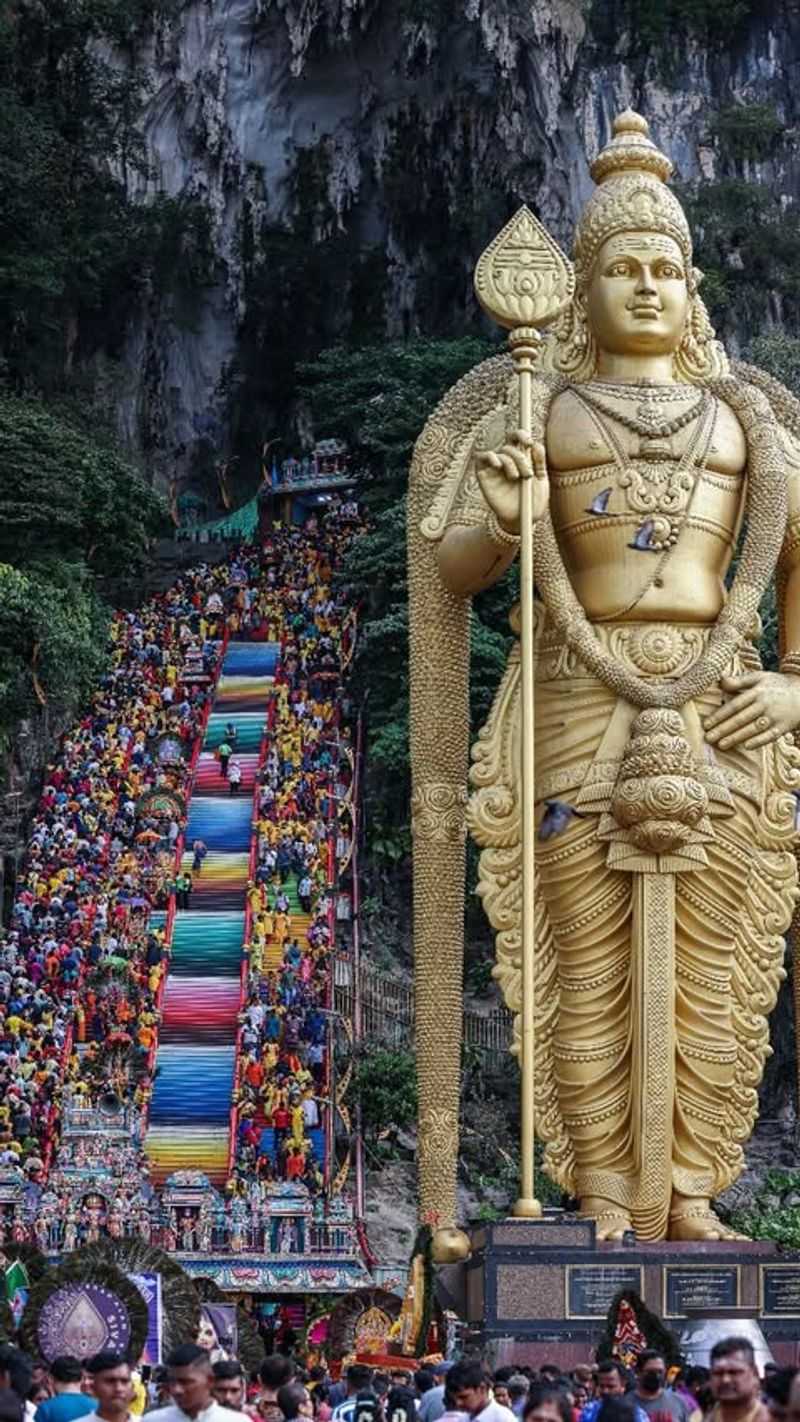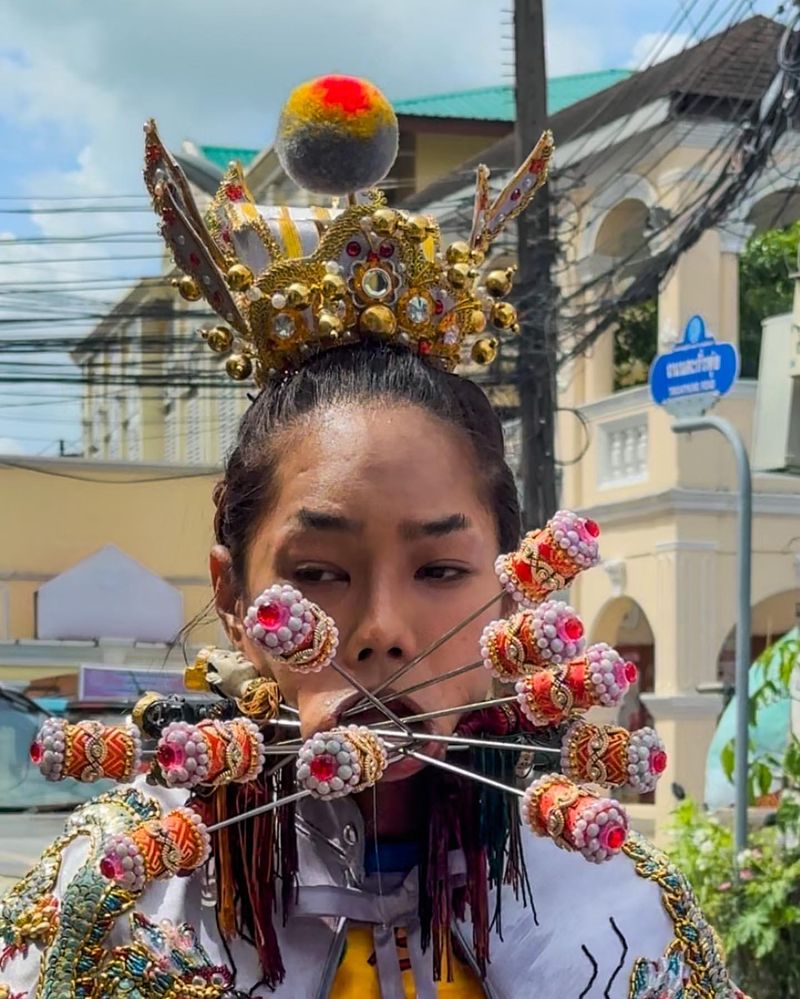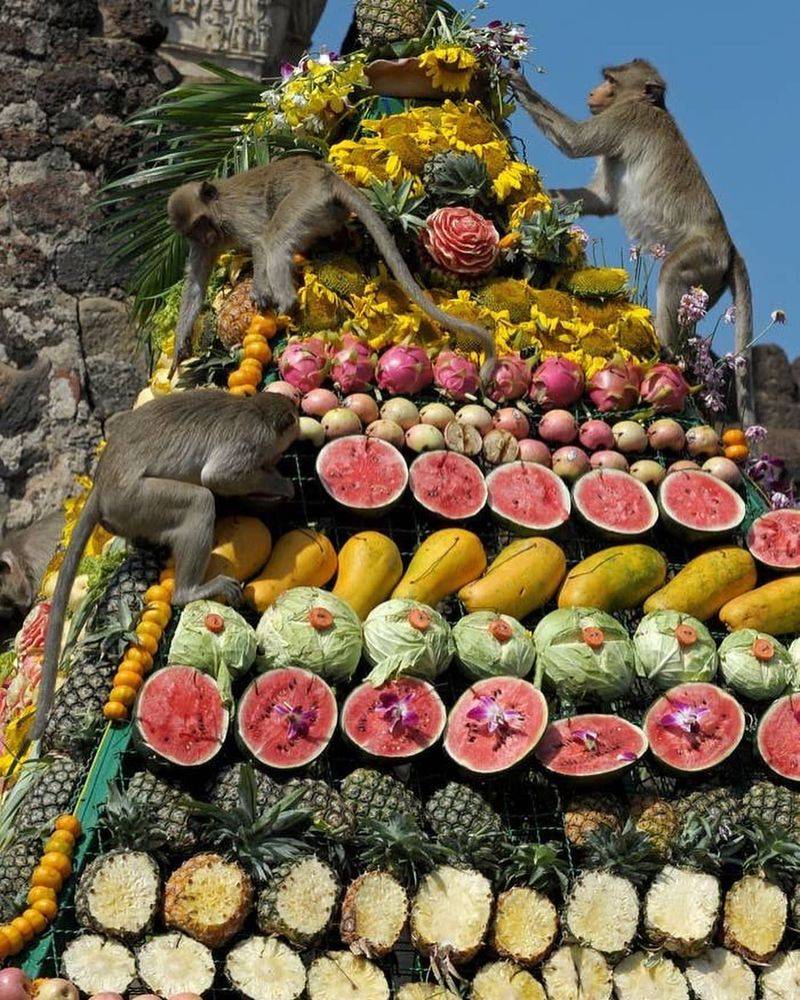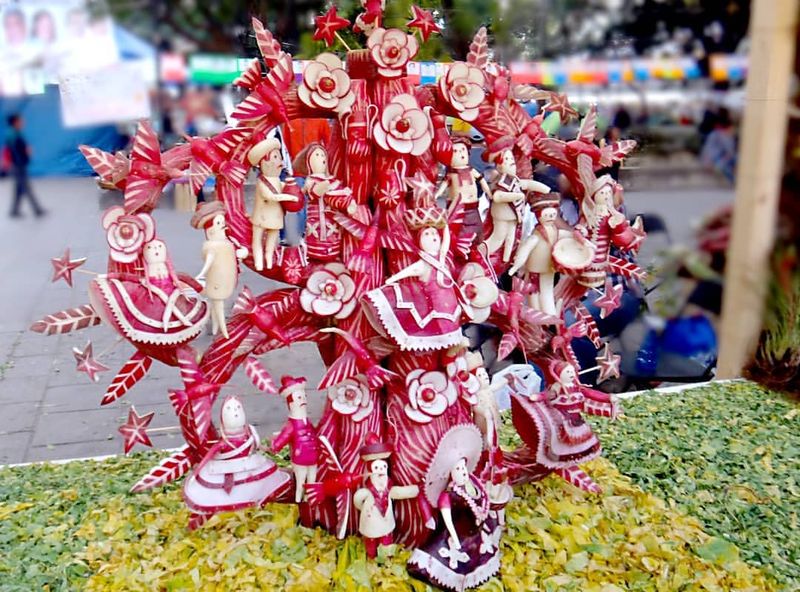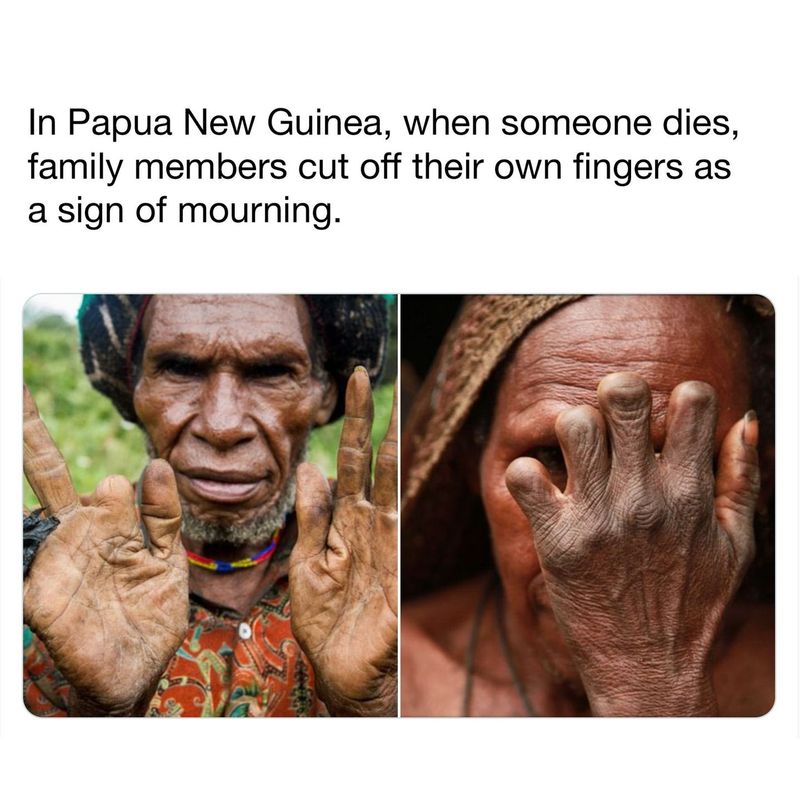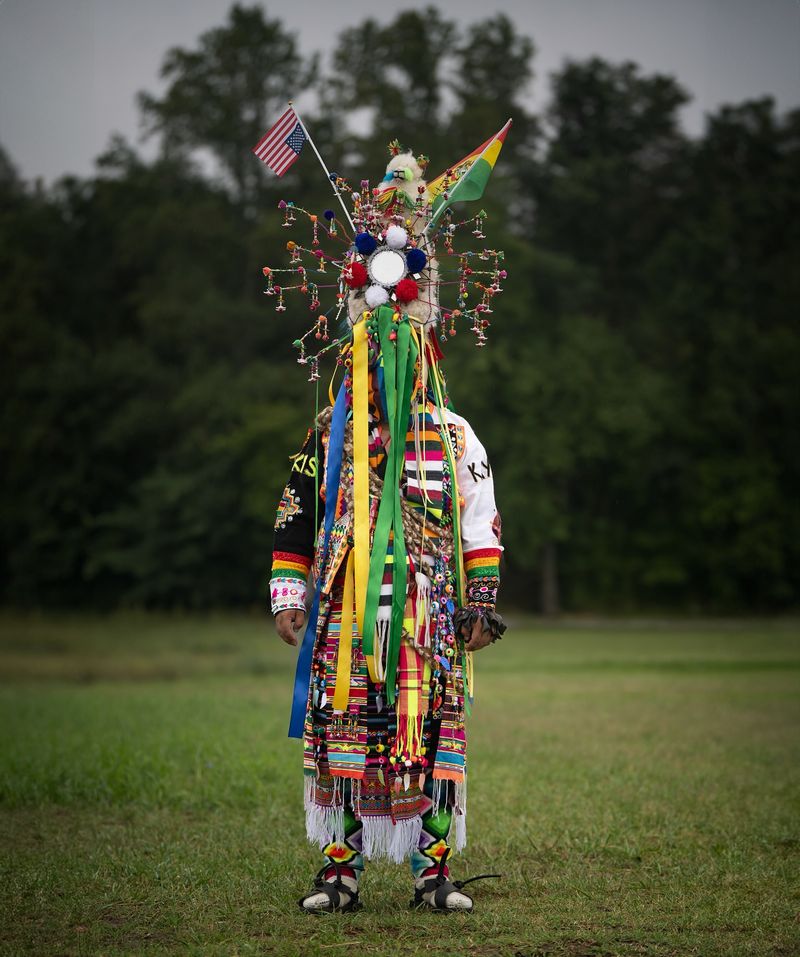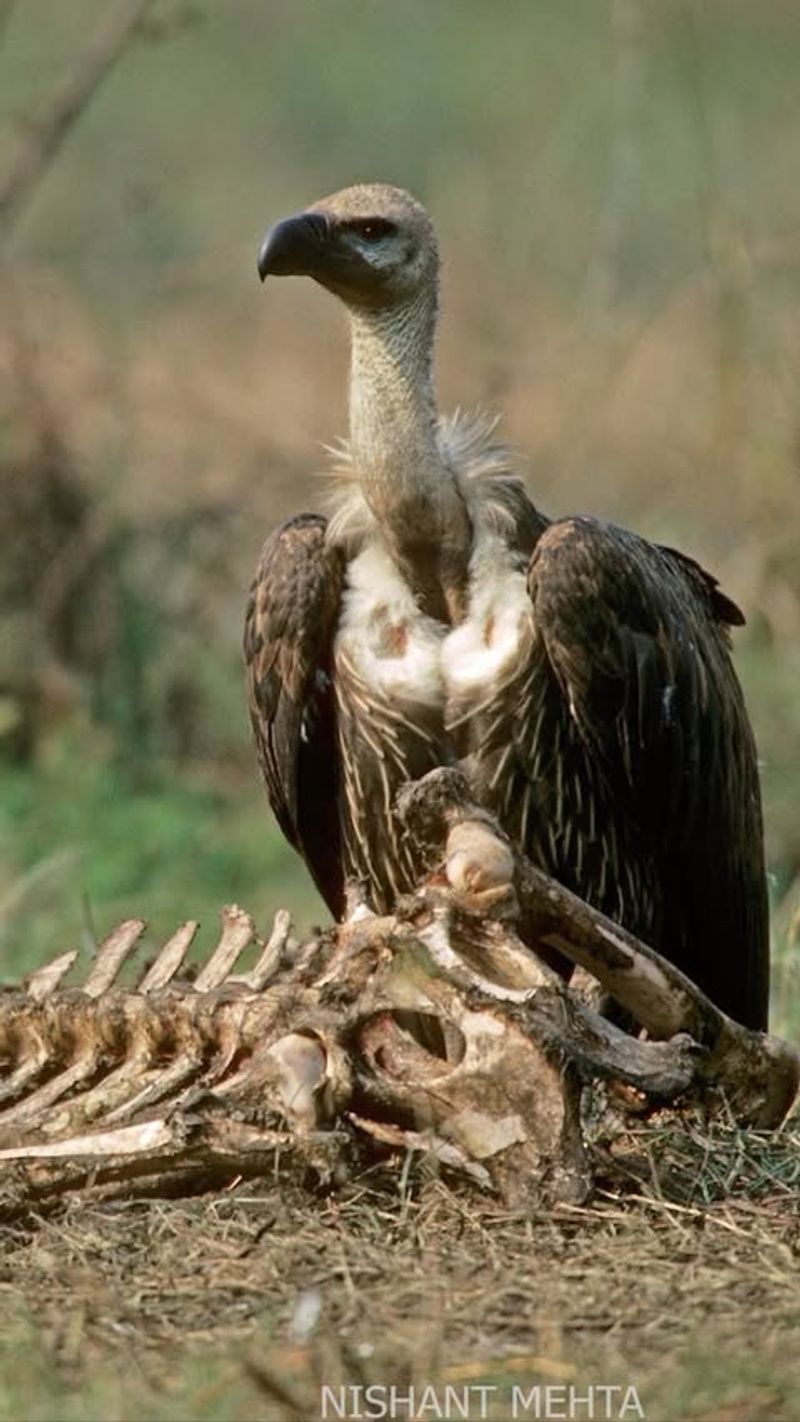Explore twelve intriguing traditions from various cultures around the globe that might surprise or even shock Americans. From unique culinary practices to fascinating festivals, these traditions offer a glimpse into the rich diversity that our world has to offer. Let’s embark on a journey of cultural discovery that challenges our perceptions and broadens our understanding of global customs.
La Tomatina in Spain
Every August, the small town of Buñol in Spain becomes a sea of red as thousands gather for La Tomatina. This festival is a massive tomato fight, where participants throw overripe tomatoes at each other. It’s a joyous, messy celebration that leaves the streets stained red.
Participants often wear old clothes, knowing they’ll be drenched in tomato juice. The fun begins with a scramble for a ham perched atop a greasy pole, signaling the start of the festivities. For many Americans, a food fight of this scale is a wild and unimaginable tradition.
Baby Jumping Festival in Spain
In the Spanish village of Castrillo de Murcia, a unique tradition known as El Colacho takes place annually. This festival involves men dressed as devils jumping over babies who are laid on mattresses in the street.
The ritual is said to cleanse the infants of evil spirits and bless them with health. It’s a sight that might shock many Americans, blending cultural beliefs with daring acts. While it may seem risky, the tradition is steeped in history and is a revered part of the local culture, drawing curious visitors from around the world.
Kanamara Matsuri in Japan
Kanamara Matsuri, or the Festival of the Steel Phallus, is celebrated in Kawasaki, Japan. This unique festival features parades with large phallic symbols, attracting thousands of visitors. Held every spring, it’s a celebration of fertility and protection against sexually transmitted infections.
For Americans, the open display of phallic symbols may be surprising and even shocking. Yet, it highlights Japan’s approach to celebrating life and health. The festival also raises funds for HIV research, blending tradition with modern social causes, creating a unique, vibrant, and culturally rich experience.
Thaipusam in Malaysia
Thaipusam is a Hindu festival celebrated primarily in Malaysia and Singapore, characterized by extreme acts of devotion. Participants pierce their bodies with hooks and skewers as they undertake pilgrimages to sacred sites like Batu Caves.
The sight of devotees carrying heavy structures, known as kavadi, might shock many Americans unfamiliar with such expressions of faith. This intense display is a personal and spiritual journey, reflecting a deep commitment to their beliefs.
While it may seem extreme, Thaipusam is a revered tradition that showcases the depth and diversity of cultural expressions.
The Vegetarian Festival, Thailand
The Vegetarian Festival in Thailand, particularly celebrated in Phuket, is a vibrant and spiritual event that takes place over nine days. Participants dress in white and abstain from meat, while engaging in various rituals to purify their bodies and minds.
One of the most shocking aspects for outsiders might be the ritualistic body piercings performed by some devotees. These acts are believed to bring good luck and are done in a trance-like state, reflecting deep religious devotion.
Despite its intense nature, the festival is a fascinating spectacle of colors, sounds, and spiritual fervor, offering a unique glimpse into Thai culture.
Monkey Buffet Festival in Thailand
In Lopburi, Thailand, monkeys are treated to a grand feast during the annual Monkey Buffet Festival. Thousands of monkeys gather to enjoy fruits, vegetables, and sweets laid out for them. This unusual event is a way to honor the animals, believed to bring good luck to the region.
For Americans, such a spectacle might be both amusing and puzzling. The festival attracts tourists, adding to its festive atmosphere. It’s a unique tradition that highlights the harmonious relationship between humans and animals in Thai culture, offering a glimpse into their respect for nature.
Night of the Radishes in Mexico
Every December, the city of Oaxaca in Mexico hosts the Night of the Radishes, a festival dedicated to radish carving. Artists create intricate sculptures from oversized radishes, showcasing their creativity and skill.
The festival is a vibrant celebration, drawing crowds who marvel at the imaginative designs. For Americans, this may seem like an unusual focus for a festival, but it highlights the cultural appreciation for artistry and tradition.
The event is a testament to the community’s spirit, turning a simple root vegetable into a medium for artistic expression and cultural celebration.
Caganer Figurines in Catalonia
In Catalonia, a unique Christmas tradition involves placing a Caganer figurine in nativity scenes. These figurines, often depicted in humorous poses, represent fertility and good fortune.
The Caganer is usually hidden in the scene, challenging observers to find it. For Americans, this might be a peculiar addition to the revered nativity scene. However, it reflects a blend of humor and cultural values.
This tradition adds an element of fun to Christmas celebrations in Catalonia, showcasing a unique aspect of their cultural heritage that both surprises and entertains.
Finger Cutting in Papua New Guinea
In some tribes of Papua New Guinea, a deeply emotional tradition involves finger cutting as a form of mourning. Women may amputate parts of their fingers to express grief over the loss of a loved one.
This practice is a raw and poignant display of sorrow, reflecting the tribe’s cultural beliefs. For Americans, the idea of physical pain as an expression of mourning might be shocking.
Despite its intensity, this tradition underscores the profound connection between cultural practices and emotions, offering a deep insight into the ways different societies process grief.
The Cooper’s Hill Cheese-Rolling in England
Every year in Gloucestershire, England, participants gather for the Cooper’s Hill Cheese-Rolling event. They chase a wheel of cheese down a steep hill, often resulting in tumbles and laughter.
This quirky race is both exhilarating and dangerous, with participants vying for the cheese. For many Americans, the idea of risking injury for a cheese wheel might be baffling.
Yet, this tradition reflects the community’s playful spirit and love for eccentric challenges. It’s a fun, albeit risky, event that draws crowds and adds to the charming eccentricity of British traditions.
Tinku Festival in Bolivia
The Tinku Festival in Bolivia is a traditional event where indigenous communities engage in ritual combat. Men and women dress in colorful outfits and participate in fights that are believed to bring good harvests.
The festival is a vibrant display of culture and tradition. While it may seem violent to outsiders, it holds significant meaning for the communities, symbolizing strength and unity.
For Americans, the idea of ritual combat as a form of celebration might be startling. However, it highlights the diverse ways in which societies celebrate and uphold their cultural heritage.
Sky Burial in Tibet
In Tibet, sky burials are a sacred tradition where the deceased’s bodies are offered to vultures. This practice reflects the Buddhist belief in the impermanence of life.
Monks perform rituals while vultures consume the bodies, symbolizing the soul’s journey away from earthly ties. For many Americans, this method of burial might be unsettling, contrasting with traditional burial customs.
Yet, it offers a profound insight into Tibetan spirituality and respect for life cycles. The sky burial is a deeply meaningful ritual that underscores the cultural diversity and spiritual depth of Tibetan society.
